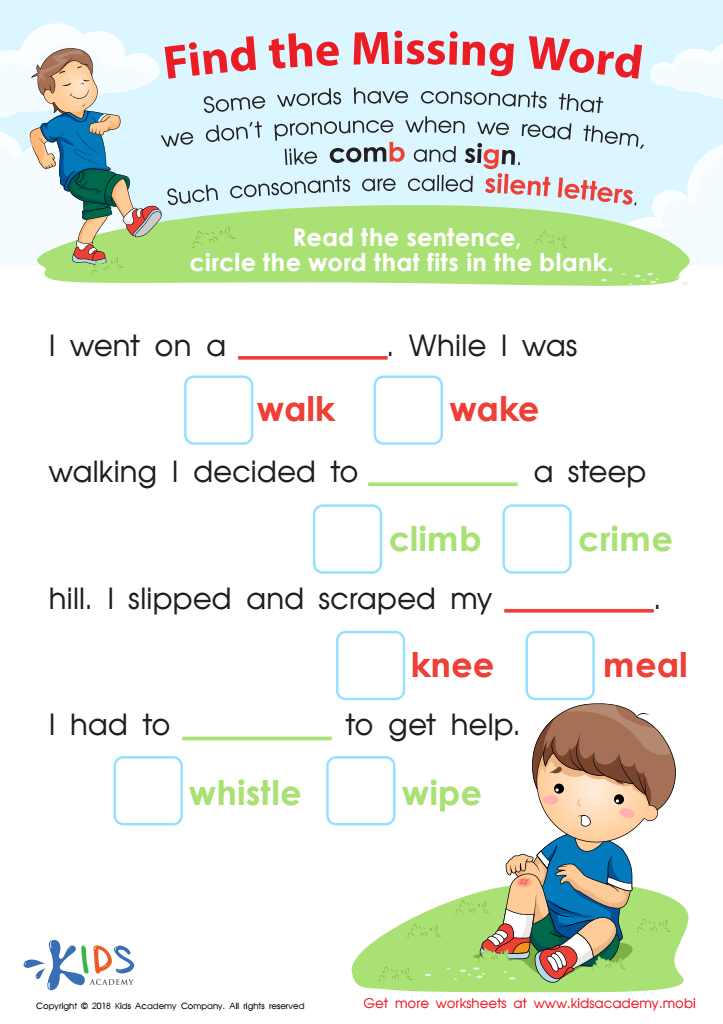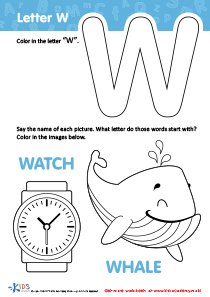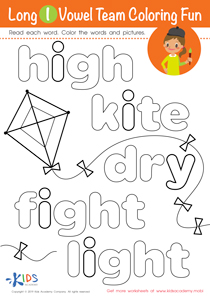Normal Difficulty Third Grade Missing Letters Worksheet
1 filtered results
-
From - To
Education Missing Letters Normal Difficulty Worksheets for Grade 3
Our Normal Difficulty Missing Letters Worksheets are an excellent tool to help Grade 3 students master their alphabet skills. These engaging worksheets provide hours of educational fun, allowing children to improve their language arts abilities through the use of the missing alphabet worksheet exercises. From easy and simple exercises to more complex ones, our worksheets will challenge young learners to develop their spelling and handwriting skills by filling in the gaps in each word. Perfect for use in the classroom or at home, our Missing Letters Worksheets are a must-have resource for any teacher or parent looking to provide excellent education to their children.


Find The Missing Word Worksheet
The Importance of Missing Letters Worksheets for Grade 3 Students
Missing letters worksheets are an essential tool for Grade 3 students who are learning to read and write. These worksheets help children develop their letter recognition, spelling, and vocabulary skills while making learning fun and engaging.
One of the primary benefits of using these worksheets is that they allow children to practice identifying missing letters in words. This is an essential skill as it helps them learn how to spell words correctly and reinforces the alphabet's sequencing. Through these worksheets, children can learn to identify which letter is missing and use their knowledge of the alphabet to complete the word.
Moreover, missing letters worksheets are an excellent resource for improving children's vocabulary. The worksheets use a variety of words, which means that students get to learn new words they may not have come across before. Additionally, these worksheets help children understand how to use context clues to identify missing letters and complete words.
Another crucial benefit of these worksheets is that they aid in developing children's writing skills. Through these worksheets, students get to practice writing letters, spelling words, and forming sentences. As they work through the worksheets, they build their writing confidence and learn how to express their thoughts through written words.
In addition to being useful for individual learning, missing letters worksheets can also be a valuable resource in the classroom setting. Teachers can use these worksheets to support students who are struggling with reading and writing. They can also use them as part of a fun and engaging activity during language lessons, spelling tests, and literacy circles.
Furthermore, missing letters worksheets can be tailored to meet different learning styles and abilities. Teachers can create personalized activities for each student, ensuring that they get the support they need to progress in their learning journey. For instance, teachers can differentiate the worksheets by removing fewer or more letters, depending on the student's level.
In conclusion, missing letters worksheets are a useful tool in Grade 3 classrooms. They help children develop essential literacy skills, including letter recognition, spelling, vocabulary, and writing. The worksheets are engaging and can be customized to meet each student's individual needs and abilities. Therefore, missing letters worksheets should be considered a critical resource for teachers and parents looking to support their children's learning and academic growth.

 Assign to the classroom
Assign to the classroom




